I’ve spent years studying survival tactics, home defense, and disaster prep—and if there’s one question, I hear more than any other, it’s this: What is the safest place in your home when things go sideways?
Whether it’s a tornado, home invasion, wildfire, or civil unrest, knowing where to go inside your own house could mean the difference between survival and catastrophe. So, let’s break it down in simple, practical terms.
Start With the Basics
The safest place in your home depends on three things:
- Your home’s layout: Consider the structure of your home. Do you have a basement? Are there central rooms with no windows? How easy is it to move from one area to another without being exposed?
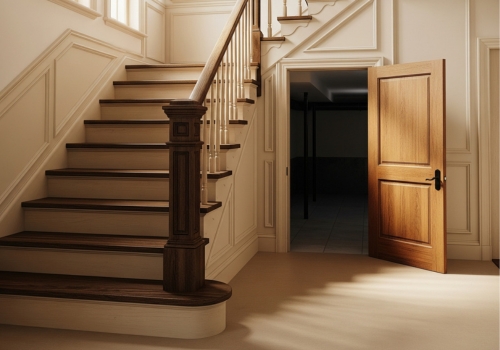
- The threats common in your region: Think regionally. Tornadoes in the Midwest, wildfires in the West, hurricanes on the Gulf Coast, or crime in a big city, each of these comes with its own challenges and dictates the type of shelter you need.
- How well have you prepared your space: A solid location won’t help much if it’s not ready when disaster strikes. Have you stocked it? Reinforced it? Practiced using it with your family? Preparation turns a good spot into a lifesaving one.
If you live in tornado alley, wind and flying debris are your biggest concerns. If you’re in a dense urban area, you may need to prepare for break-ins or riots. If you’re out West, wildfires or earthquakes might top the list. Every location has its own risks—and your safe space should match them.
Take a few minutes and think through the worst scenarios. Where would you go in the middle of the night if a storm warning blares through your phone or someone breaks in? If the answer is “I’m not sure,” it’s time to fix that.
Common Safe Spots (And When They Work)
There are several places people tend to label as safe spots when they need to protect themselves inside their home. However, you should know that no place is universally safe. In other words, each safe spot is only effective under certain circumstances. Here’s a look at these locations and when they should be considered.
The Basement
Best for: Tornadoes, nuclear fallout, long-term sheltering.
- Why it works as the safest place: Underground, protected from flying debris, and easy to stock with supplies.
- What to watch out for: Flooding, poor ventilation, or single-point entry/exit.
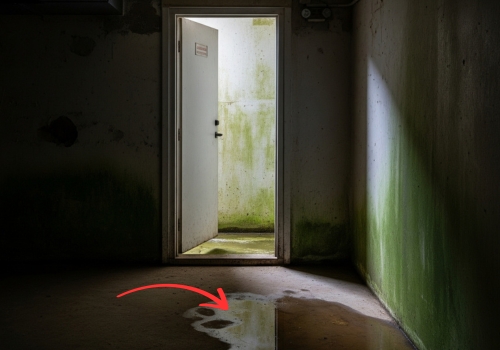
Make sure it’s dry, ventilated, and has more than one way out. Reinforce any doors and consider adding a backup power source if you can. Basements are also perfect for stocking up on long-term food, water barrels, and extra gear without cluttering your main living space.
Interior Closets or Bathrooms
Best for: Hurricanes, fast-moving storms, or quick escape from intruders.
- Why it works: These spaces are usually central in the house and don’t have windows.
- How to improve them: Reinforce the walls with plywood or metal panels. Store flashlights, snacks, and a radio.
Even without heavy reinforcement, these rooms offer protection for short-term events. I’ve seen folks turn a simple walk-in closet into a mini shelter with nothing more than organization, supplies, and a little creative thinking.
Hidden or Safe Rooms
Best for: Home invasions, civil unrest, or bug-in situations.
- Why it works: Concealed rooms, especially when reinforced, provide a secure place to hide or hold out.
- Tips: Use dead space like under-stair storage or closet corners. Soundproof if possible.
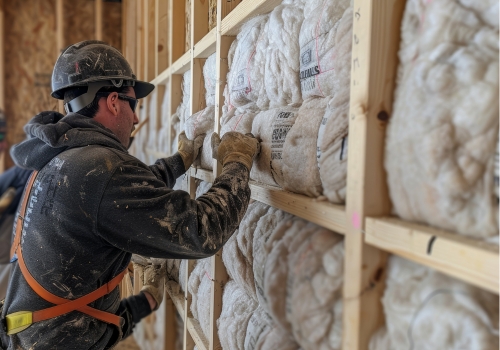
You don’t need a high-end panic room. Even a DIY project can make a big difference. A steel door, some reinforced walls, and a stash of essentials can give you time and safety when it counts most.
Some folks even disguise their safe rooms behind bookshelves, sliding panels, or inside utility rooms. The more hidden, the better.
Crawlspaces, Attics, or Under the Stairs
Best for: Makeshift shelter or quick concealment.
- Why it works as the safest place in your house: Often overlooked, these spots can provide concealment in a pinch.
- Considerations: Add ventilation, padding, and a basic supply cache.
These aren’t long-term shelters, but at the right moment, they could save your life. Keep a flashlight and maybe a compact go-bag tucked away just in case you need to retreat quickly.
Garage Bunkers or Workshops
Best for: Rural homeowners with separate buildings or reinforced garages.
- Why it works: Detached from the main home, these can be hardened and customized.
- Cautions: More exposed to weather and may lack quick access.
If you’ve got a workshop or storage building, you might consider converting part of it into a hardened shelter. Just remember, distance from the house can be a blessing or a curse, depending on the emergency.
Spots to Avoid
Not every room in your house is suitable as a safe space, and some areas should be avoided altogether.
- Rooms with large windows: Glass poses a major risk during storms, earthquakes, or civil unrest. Windows can shatter under pressure, allowing debris—or worse—to enter. They also give outsiders a clear view of where you are.
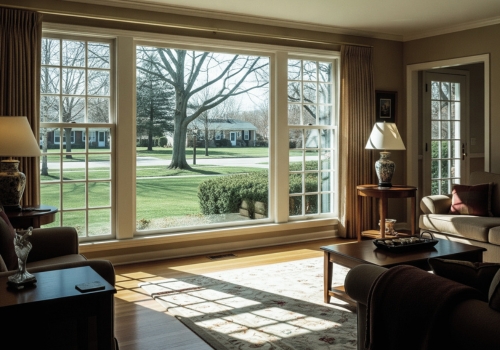
- Spaces with only one entry or exit: If something blocks your only exit, you could become trapped. A good safe spot should have at least two routes out or the ability to call for help and be rescued quickly.
- Areas exposed to the outside: Attached garages, sunrooms, and rooms with exterior walls are more vulnerable to break-ins, extreme weather, and fire. These spaces may lack structural integrity and are typically harder to reinforce.
As a rule, if a room is exposed, fragile, or hard to secure, it shouldn’t be your fallback option. Focus on areas that offer concealment, structural strength, and flexibility when every second counts.
How to Turn Any Space into a Real Fortress
Former Navy SEAL Joel Lambert is a specialist in handling tough situations.
Having been through some of the harshest battles in areas where survival would have been impossible for most people, Joel is ready to teach you how to turn your home into the safest place possible.
Even more, with the help of his book, A Navy SEAL’s Bug-In Guide, you’ll discover the crucial elements every secure space must have. Here’s an excerpt from the chapter dedicated to this topic:
No matter where your safe spot is, it should include:
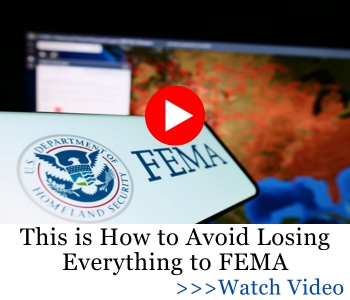 Clean water (bottled or filtered)
Clean water (bottled or filtered)- Shelf-stable food (MREs, canned goods, protein bars)
- Flashlight and extra batteries
- First-aid kit with basic trauma supplies
- Battery-powered or crank radio
- A backup phone charger or battery pack
- Copies of important documents in a waterproof pouch
In the continuation of the chapter, you’ll also discover the most important self-defense tools, as well as bonus items you probably never thought could help ensure your survival in a crisis situation.
In this step-by-step guide, Joel teaches you many other things about how to protect your home, your family, and your life when SHTF. You’ll learn where looters never check (but you should hide things), how to use silent alarms and traps, and how to build an effective 3-month food stockpile. Get informed and make sure to grab a copy of Joel’s guide, before they are all gone.
👉 Ask A Prepper readers can get 2 FREE BONUSES using this link!
Practice Makes Prepared
Even the best plan falls apart without practice. A safe room only works if everyone knows how and when to get there.
- Hold emergency drills every few months. Make it a game for the kids.
- Check your supplies every season. Rotate food, test flashlights, restock as needed.
- Run through scenarios like nighttime storms, unexpected guests, or grid failure.
A very important detail – often overlooked by many preppers – is the issue of water. In a safe space, you need a sufficient amount of water to ensure your survival for at least a few days. But what happens if you’re caught in the middle of a much more complex crisis, and the supply of drinking water is cut off -possibly for an indefinite period?
The solution is to eliminate your dependence on the public water system and create your own unlimited water source. How? By using a brilliant device that has already transformed the lives of tens of thousands of Americans. We’re talking about this backpack-sized water generator that can pull up to 40 gallons of water per day from thin air – pure, clean water.
Investing in solutions that guarantee long-term access to life-sustaining resources is an investment in your health and the well-being of your family. You need the courage – and the confidence – to rely on proven, effective solutions. Preparedness isn’t about fear – it’s about peace of mind. When you’ve rehearsed and invested, your response becomes second nature.
Final Advice
The safest place in your home is more than just a room, it’s a strategy. It’s about recognizing danger, planning, and being calm when others panic.
Do this today:
- Walk your house and identify your weak points.
- Choose a location based on your most likely threats.
- Reinforce and stock it with the basics.
- Go over the plan with your family.
When a crisis hits, you won’t be scrambling. You’ll be moving with purpose, already two steps ahead.
__________________________________________________________________
If you want to secure your entire home and reduce the risk of a home invasion, install a complete anti-looter system that will keep any so-called “good Samaritan” from crossing the threshold of your property.
You may also like:
Home Security after the Collapse of Society
FREE Hot Running Water (Video)
Home Defense Tips From an Infantryman

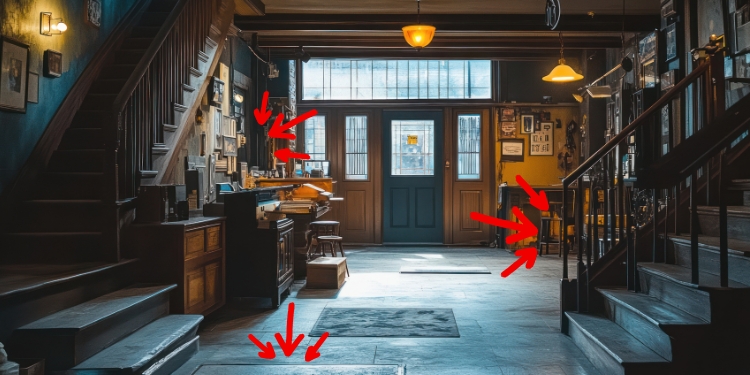
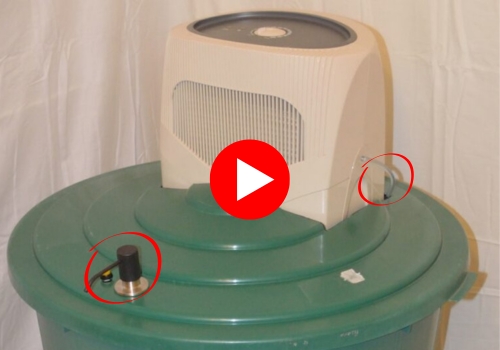
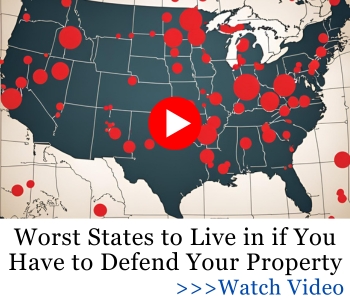




















I don’t live in the States, but in Central Europe and earthquakes are what scare me the most. Unfortunately, in the case of old buildings, there’s no such thing as a “safe place in our home”. But still, great advice!
You’re absolutely right, earthquakes in older buildings, especially those not retrofitted for seismic activity, pose a serious risk. In many parts of Central Europe, masonry structures and aging foundations make it difficult to designate any true “safe spot” indoors. That said, the principles in the article, like avoiding areas near heavy furniture, glass, or exterior walls—still apply as best practices. Sometimes, simply knowing where not to be can make a critical difference. Stay safe out there, and thanks for adding a valuable perspective from across the globe!
Basement is a BAD idea in places subject to earthquakes.
You would be buried alive.
Outside away from structures is the safest place for earthquakes.
No place in your home is safe from the governments.
They have devices that see through walls and can hear conversations from a very LONG way away.
If you hardened your home against those things, it will set a big red flag since you would stand out from all the rest of the homes when they scan.
I’d love to add, IF it’s all set up in the basement — make the basement door a “built-in” shelving unit (lockable from the inside). Or something that dissuades attention.
safest place in your Home, depends on where your home is. IF its URBAN, its just not safe, at all.
if its REAL Rural, your basically safe. Suddenly, the basement for a tornado is just fine. Good idea to have a WORKING gas powered , well maintained chain saw down with you. Also a good idea to build extra shelter near your “Bilco” opening to the outside, in the basement. Huddle in the shelter, at the outside opening. best chance to not get trapped under a HOUSE, AND easy to open doors to outside ( have a jack AND chain saw incase house parts or tree ends up on top of outside opening). Life is different in Tornado alley !! so, think ahead.
THINKING AHEAD, is the # 1 most needed prep skill, others dont matter – its no good if it falls apart when needed
you’re absolutely right: location is everything when it comes to defining what’s “safe.” Urban areas come with a completely different set of risks, limited escape routes, falling debris, and crowded conditions, while rural setups give you the flexibility to truly prepare smart. The idea of reinforcing your Bilco door area with a secondary shelter is genius, especially when you factor in tools like a chainsaw and jack to prevent entrapment. And yes—thinking ahead isn’t just smart, it’s survival. Gear, food, and tools mean nothing if you’re caught off guard. Thanks for sharing solid, experience-backed advice!